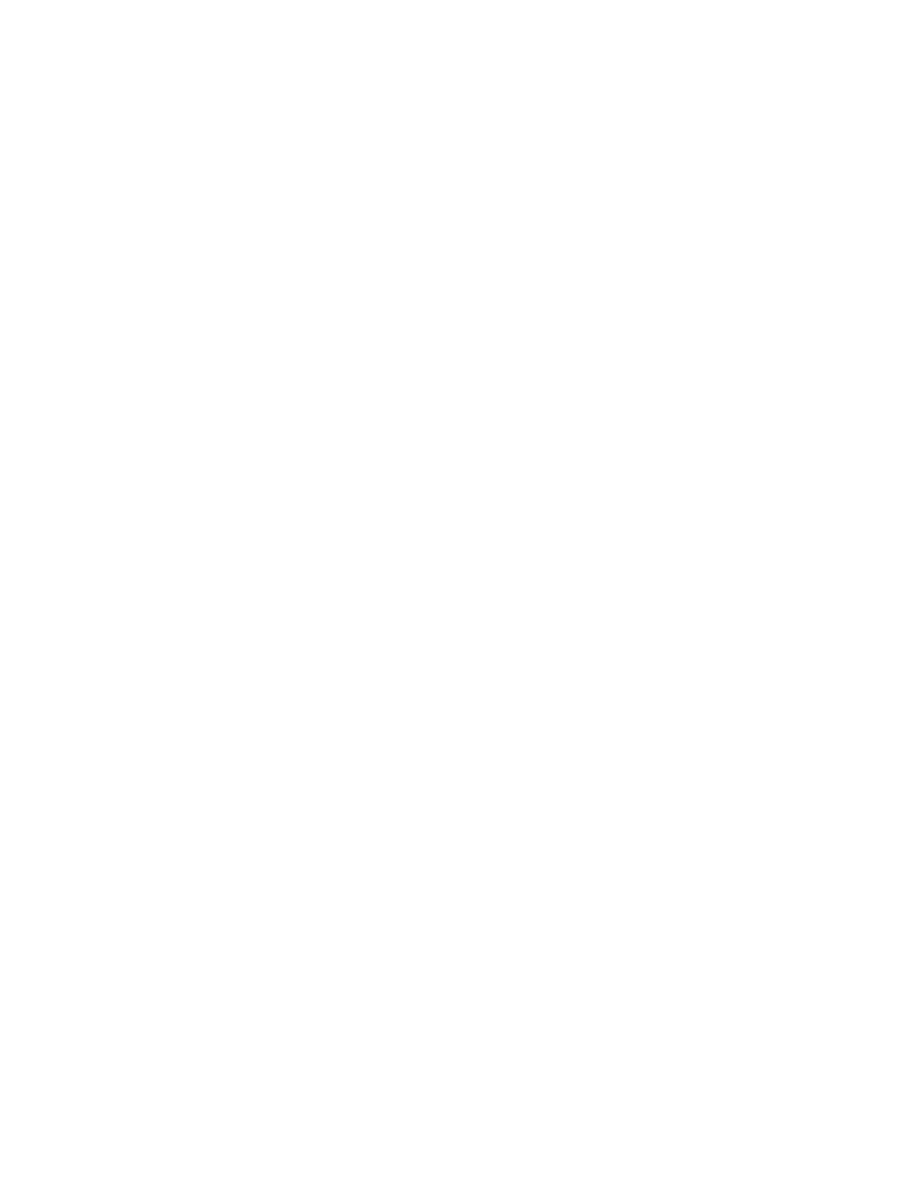
268
14 CFR Ch. I (1–1–19 Edition)
§ 25.631
at all speeds up to V
DF
/M
DF
, and that
there is no large and rapid reduction in
damping as V
DF
/M
DF
, is approached. If a
failure, malfunction, or adverse condi-
tion is simulated during flight test in
showing compliance with paragraph (d)
of this section, the maximum speed in-
vestigated need not exceed V
FC
/M
FC
if it
is shown, by correlation of the flight
test data with other test data or anal-
yses, that the airplane is free from any
aeroelastic instability at all speeds
within the altitude-airspeed envelope
described in paragraph (b)(2) of this
section.
[Doc. No. 26007, 57 FR 28949, June 29, 1992]
§ 25.631
Bird strike damage.
The empennage structure must be de-
signed to assure capability of contin-
ued safe flight and landing of the air-
plane after impact with an 8-pound bird
when the velocity of the airplane (rel-
ative to the bird along the airplane’s
flight path) is equal to
V
C
at sea level,
selected under § 25.335(a). Compliance
with this section by provision of redun-
dant structure and protected location
of control system elements or protec-
tive devices such as splitter plates or
energy absorbing material is accept-
able. Where compliance is shown by
analysis, tests, or both, use of data on
airplanes having similar structural de-
sign is acceptable.
[Amdt. 25–23, 35 FR 5674, Apr. 8, 1970]
C
ONTROL
S
URFACES
§ 25.651
Proof of strength.
(a) Limit load tests of control sur-
faces are required. These tests must in-
clude the horn or fitting to which the
control system is attached.
(b) Compliance with the special fac-
tors requirements of §§ 25.619 through
25.625 and 25.657 for control surface
hinges must be shown by analysis or
individual load tests.
§ 25.655
Installation.
(a) Movable tail surfaces must be in-
stalled so that there is no interference
between any surfaces when one is held
in its extreme position and the others
are operated through their full angular
movement.
(b) If an adjustable stabilizer is used,
it must have stops that will limit its
range of travel to the maximum for
which the airplane is shown to meet
the trim requirements of § 25.161.
§ 25.657
Hinges.
(a) For control surface hinges, in-
cluding ball, roller, and self-lubricated
bearing hinges, the approved rating of
the bearing may not be exceeded. For
nonstandard bearing hinge configura-
tions, the rating must be established
on the basis of experience or tests and,
in the absence of a rational investiga-
tion, a factor of safety of not less than
6.67 must be used with respect to the
ultimate bearing strength of the soft-
est material used as a bearing.
(b) Hinges must have enough
strength and rigidity for loads parallel
to the hinge line.
[Amdt. 25–23, 35 FR 5674, Apr. 8, 1970]
C
ONTROL
S
YSTEMS
§ 25.671
General.
(a) Each control and control system
must operate with the ease, smooth-
ness, and positiveness appropriate to
its function.
(b) Each element of each flight con-
trol system must be designed, or dis-
tinctively and permanently marked, to
minimize the probability of incorrect
assembly that could result in the mal-
functioning of the system.
(c) The airplane must be shown by
analysis, tests, or both, to be capable
of continued safe flight and landing
after any of the following failures or
jamming in the flight control system
and surfaces (including trim, lift, drag,
and feel systems), within the normal
flight envelope, without requiring ex-
ceptional piloting skill or strength.
Probable malfunctions must have only
minor effects on control system oper-
ation and must be capable of being
readily counteracted by the pilot.
(1) Any single failure, excluding jam-
ming (for example, disconnection or
failure of mechanical elements, or
structural failure of hydraulic compo-
nents, such as actuators, control spool
housing, and valves).
(2) Any combination of failures not
shown to be extremely improbable, ex-
cluding jamming (for example, dual
VerDate Sep<11>2014
12:50 Apr 30, 2019
Jkt 247046
PO 00000
Frm 00278
Fmt 8010
Sfmt 8010
Y:\SGML\247046.XXX
247046
spaschal on DSK3GDR082PROD with CFR